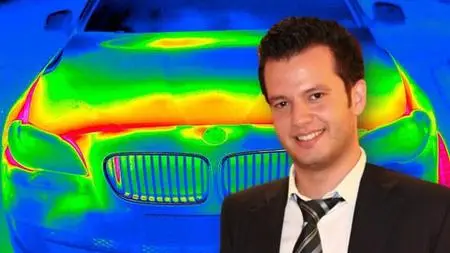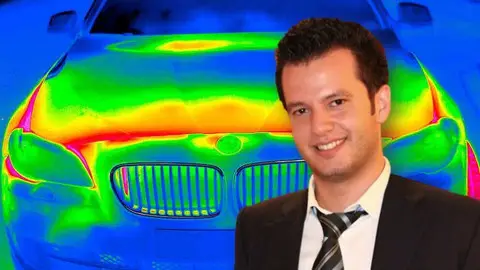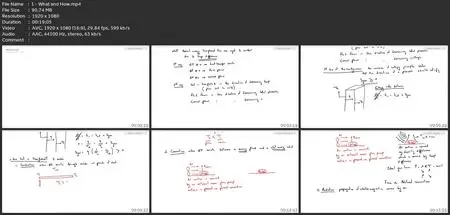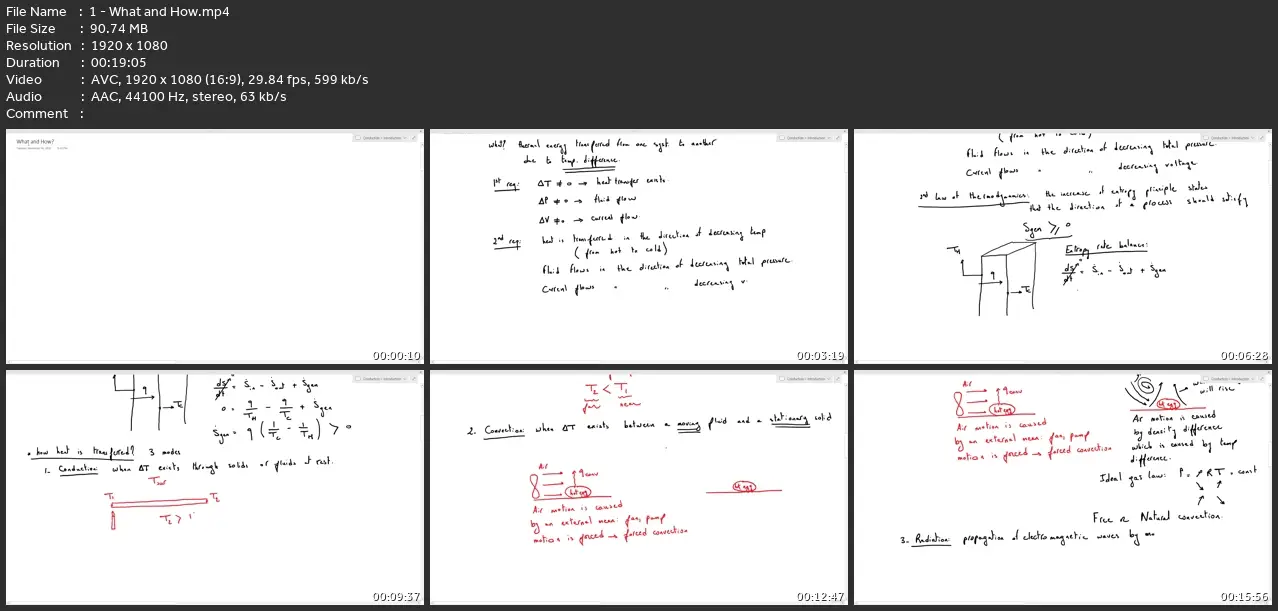Fundamentals Of Heat Transfer Part 1
MP4 | Video: h264, 1920x1080 | Audio: AAC, 44.1 KHz
Language: English (US) | Size: 1.98 GB | Duration: 8h 15m
MP4 | Video: h264, 1920x1080 | Audio: AAC, 44.1 KHz
Language: English (US) | Size: 1.98 GB | Duration: 8h 15m
Learn the Fundamentals of Heat Transfer and Thermodynamics: From Conduction to Radiation and Beyond
What you'll learn
Perform general energy balances as well as surface energy balances
Understand the basic mechanisms of heat transfer, which are conduction, convection, and radiation
Obtain the differential equation of heat conduction in various coordinate systems, and simplify it for steady one-dimensional case
Identify the thermal conditions on surfaces, and express them mathematically as boundary and initial conditions
Solve one-dimensional heat conduction problems and obtain the temperature distributions within a medium and the heat flux
Understand the concept of thermal resistance and its limitations, and develop thermal resistance networks for practical heat conduction problems
Solve steady conduction problems that involve multilayer rectangular, cylindrical, or spherical geometries
Develop an intuitive understanding of thermal contact resistance, and circumstances under which it may be significant
Identify applications in which insulation may actually increase heat transfer
Analyze finned surfaces, and assess how efficiently and effectively fins enhance heat transfer
Assess when the spatial variation of temperature is negligible, and temperature varies nearly uniformly with time, making the lumped system analysis applicable
Requirements
Fundamentals of Fluid Mechanics course.
Fundamentals of Engineering Thermodynamics course.
Description
Welcome to our comprehensive course on Heat Transfer and Thermodynamics! In this course, we delve into the fundamental concepts and principles that govern the transfer of heat energy, including conduction, convection, and radiation.Our objective is to equip you with a solid foundation in the modes of heat transfer and the relations used to calculate heat transfer rates. We begin by answering the crucial questions of What is heat transfer? and How is energy transferred by heat? These questions set the stage for a deep dive into the underlying principles of heat transfer processes.We explore how the heat equation, which is based on Fourier's law and the conservation of energy requirement, can be used to obtain the temperature distribution within a medium for both steady-state and transient conditions. Furthermore, we demonstrate how thermal circuits can be employed to model steady-state heat flow in common geometries such as plane walls, cylinders, spheres, and extended surfaces (fins).In addition, we discuss the lumped capacitance method, which is appropriate when a single temperature can be used to characterize the time response of the medium to the boundary change, and we use it to solve transient conduction problems.By the end of this course, you will have a comprehensive understanding of the modes of heat transfer, the principles that govern them, and how they can be applied to solve problems in thermal systems engineering.If you are interested in expanding your knowledge of Heat Transfer and Thermodynamics, this course is perfect for you. Join us today and take the first step towards becoming an expert in the field.
Who this course is for:
Engineering Students,Engineers curious about heat transfer





